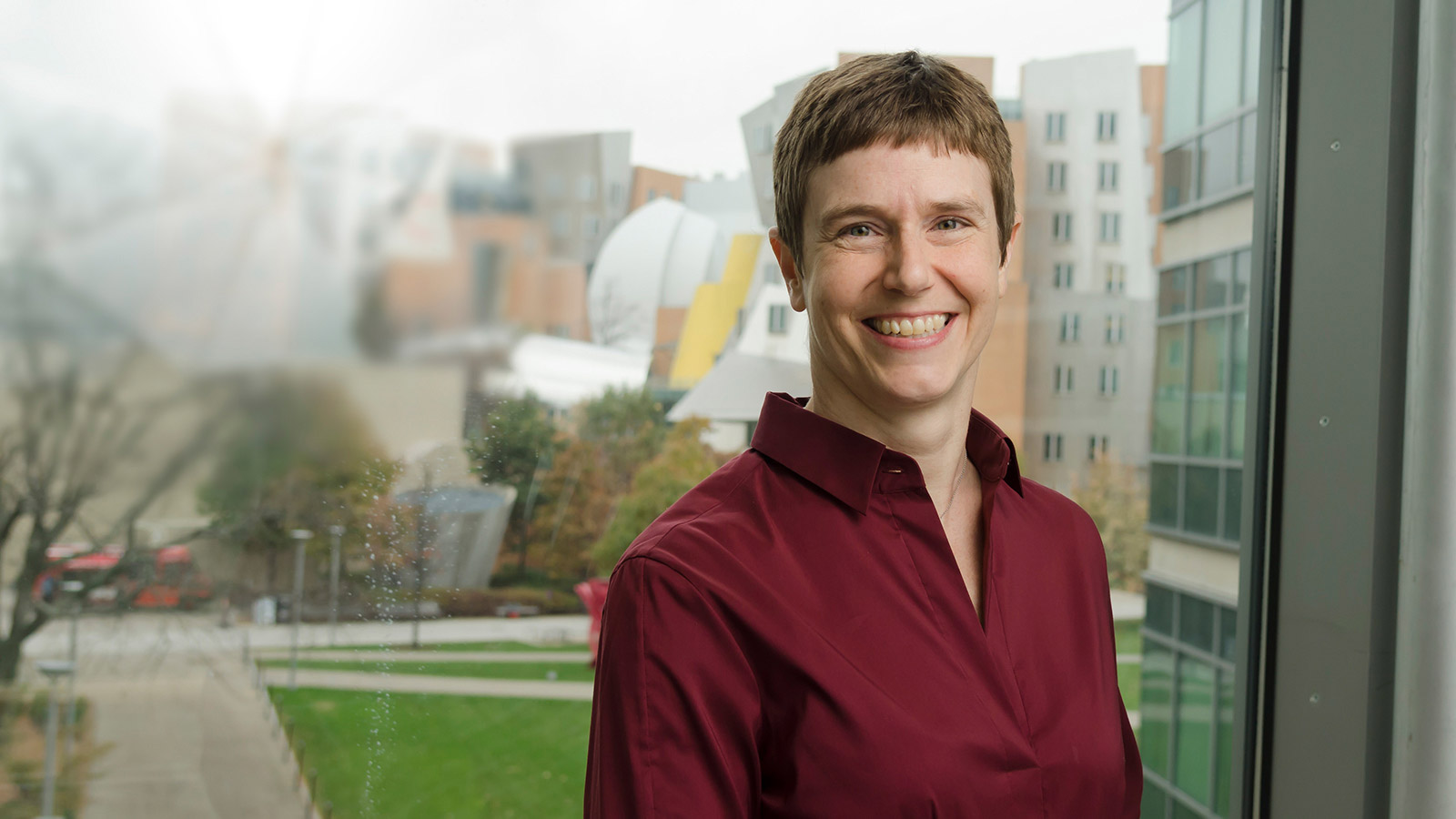Education
- PhD, 1998, University of California, Los Angeles
- SB, 1992, Physics, Harvard University
Research Summary
Our goal is to understand, at a high level of detail, how the interaction properties of proteins are encoded in their sequences and structures. We investigate protein-protein interactions by integrating data from high throughput assays, structural modeling, and bioinformatics with biochemical and biophysical experiments. Much of our work focuses on α-helical coiled-coil proteins, Bcl-2 apoptosis-regulating proteins, and protein domains that bind to short linear motifs.Recent Publications
- Design of Specific Peptide Inhibitors of Toxin-Antitoxin-Mediated Antiphage Defense. Ghose, DA, Swanson, SR, Birnbaum, F, Britton, D, Gan, JL, Mahoney, EM, Laub, MT, Keating, AE. 2025. ACS Synth Biol 14, 4496-4507.
doi: 10.1021/acssynbio.5c00498PMID:41139285 - Training bias and sequence alignments shape protein-peptide docking by AlphaFold and related methods. Guan, L, Keating, AE. 2025. Protein Sci 34, e70331.
doi: 10.1002/pro.70331PMID:41084281 - Jointly Embedding Protein Structures and Sequences through Residue Level Alignment. Birnbaum, F, Jain, S, Madry, A, Keating, AE. 2024. PRX Life 2, .
doi: 10.1103/prxlife.2.043013PMID:41049045 - STAT5B leukemic mutations, altering SH2 tyrosine 665, have opposing impacts on immune gene programs. Lee, HK, Chen, J, Philips, RL, Lee, SG, Feng, X, Wu, Z, Liu, C, Schultz, AB, Dalzell, M, Meggendorfer, M et al.. 2025. Life Sci Alliance 8, .
doi: 10.26508/lsa.202503222PMID:40228864 - High-throughput discovery of inhibitory protein fragments with AlphaFold. Savinov, A, Swanson, S, Keating, AE, Li, GW. 2025. Proc Natl Acad Sci U S A 122, e2322412122.
doi: 10.1073/pnas.2322412122PMID:39899719 - STAT5B leukemic mutations, altering SH2 tyrosine 665, have opposing impacts on immune gene programs. Lee, HK, Chen, J, Philips, RL, Lee, SG, Feng, X, Wu, Z, Liu, C, Schultz, AB, Dalzell, M, Birnbaum, F et al.. 2024. bioRxiv , .
doi: 10.1101/2024.12.20.629685PMID:39803507 - Elaboration of the Homer1 recognition landscape reveals incomplete divergence of paralogous EVH1 domains. Singer, A, Ramos, A, Keating, AE. 2024. Protein Sci 33, e5094.
doi: 10.1002/pro.5094PMID:38989636 - High-throughput discovery of inhibitory protein fragments with AlphaFold. Savinov, A, Swanson, S, Keating, AE, Li, GW. 2024. bioRxiv , .
doi: 10.1101/2023.12.19.572389PMID:38187731 - Marginal specificity in protein interactions constrains evolution of a paralogous family. Ghose, DA, Przydzial, KE, Mahoney, EM, Keating, AE, Laub, MT. 2023. Proc Natl Acad Sci U S A 120, e2221163120.
doi: 10.1073/pnas.2221163120PMID:37098061 - Peptides from human BNIP5 and PXT1 and non-native binders of pro-apoptotic BAK can directly activate or inhibit BAK-mediated membrane permeabilization. Aguilar, F, Yu, S, Grant, RA, Swanson, S, Ghose, D, Su, BG, Sarosiek, KA, Keating, AE. 2023. Structure 31, 265-281.e7.
doi: 10.1016/j.str.2023.01.001PMID:36706751

